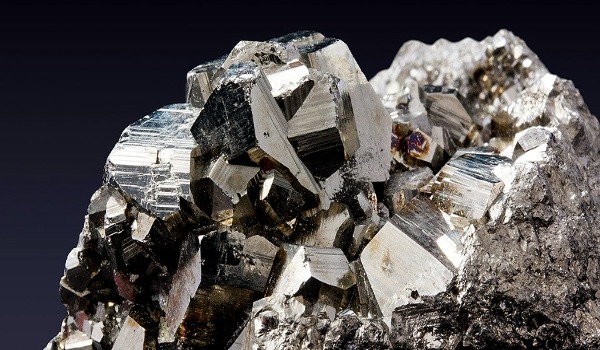Rio Tinto sets $6.2 billion Investment in Guinea for iron ore mine in Simandou
Rio Tinto Group will spend around $6.2 billion on development of the vast Simandou iron ore deposit in Guinea. This official estimate is huge and positions the proposed African iron ore project to reshape global supplies of the steelmaking ingredient as well as deliver high-quality ore for steelmakers seeking to curb emissions.
This was disclosed by the world’s second-largest miner by market value Wednesday and is expected to contribute the huge sum to the initial development of the Simandou mine, including port and rail infrastructure needed to export the product.
Outlining a $30 billion capital-expenditure plan for the group over the coming three years, Rio said initial production from the mine its Simfer joint venture in Simandou is expected from 2025, adding that it will take about 30 months to ramp up to a planned 60 million metric-ton annual capacity
“The largest investment over the next three years is expected to be Rio Tinto’s equity share of the Simandou project once approved by the Rio Tinto board, as spend starts to wind down at Oyu Tolgoi beyond 2024 with completion of the infrastructure,” the miner said in a statement.
The iron ore found in Guinea’s Simandou mountains is among the world’s largest untapped deposits of the commodity. Its riches have been coveted by miners and investors in a market that has long been dominated by exports from Australia and Brazil.
Rio Tinto has the rights to develop the southern half of the deposit in partnership with the Guinean government and a Chinese consortium led by Aluminium Corp. of China. The Winning Consortium Simandou, which includes Singapore-based Winning International Group and China Hongqiao Group, has rights to develop the northern half, also in partnership with the government.
The capital estimates by Rio Tinto on Wednesday are “another step to unlock this world-class deposit of high-grade iron ore,” Chief Executive Jakob Stausholm told reporters. The miner estimated the investment to be made by its joint venture will total $11.6 billion.
In recent years, Rio Tinto has mostly invested in improvements to existing mining operations rather than in raising output. Miners globally have been more cautious about big projects and megadeals after a punishing market downturn a decade ago.
Some analysts have raised concerns that iron ore supplies from Simandou will flood the market and weigh on prices, squeezing miners’ margins. Still, Simandou’s iron ore is viewed by some as too valuable to remain in the ground.
“Simandou is going to happen with or without Rio Tinto,” Stausholm told reporters.
Forecast production from Simandou accounts for roughly 5% of the seaborne market, he said, and the iron ore there is higher grade than most existing mines around the world. That means it can be used in less-polluting electric arc furnaces.
Stausholm said he is optimistic about the outlook for iron ore demand despite the continued head winds buffeting China’s property sector, an important source of steel demand.
Chinese infrastructure development is picking up and the automotive sector is strong, he said.
“All in all, there is very decent demand in China. I hope and believe that that is not just a short-term phenomenon.”




